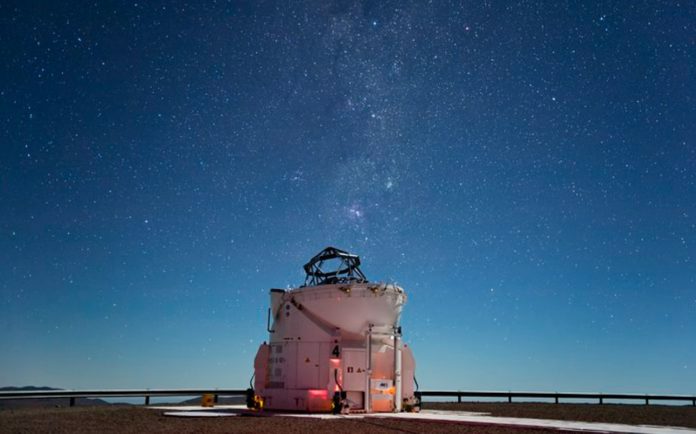Astronomers have discovered the closest pair of supermassive black holes to Earth ever detected using the European Southern Observatory’s Very Large Telescope (VLT).
Additionally, the two objects are significantly closer together than any other pair of supermassive black holes previously observed, and will eventually merge into one huge black hole.
Voggel and her colleagues determined the masses of the two objects by observing how the black holes’ gravitational pull affects the motion of the stars in their vicinity.
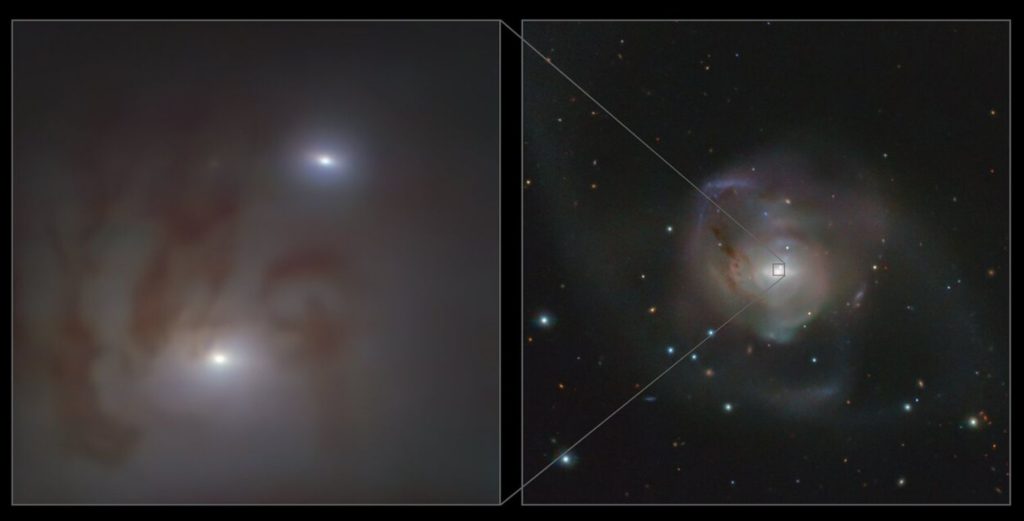
The larger black hole, situated right at the center of NGC 7727, has a mass nearly 154 million times that of the Sun, while its companion has a mass of 6.3 million solar masses.
This is the first time the masses of a pair of supermassive black holes have been determined in this manner. This accomplishment was made possible by the system’s close proximity to Earth and the detailed studies done at the Paranal Observatory in Chile using the Multi-Unit Spectroscopic Explorer (MUSE) on ESO’s VLT, an instrument Voggel worked with during her time as an ESO student.
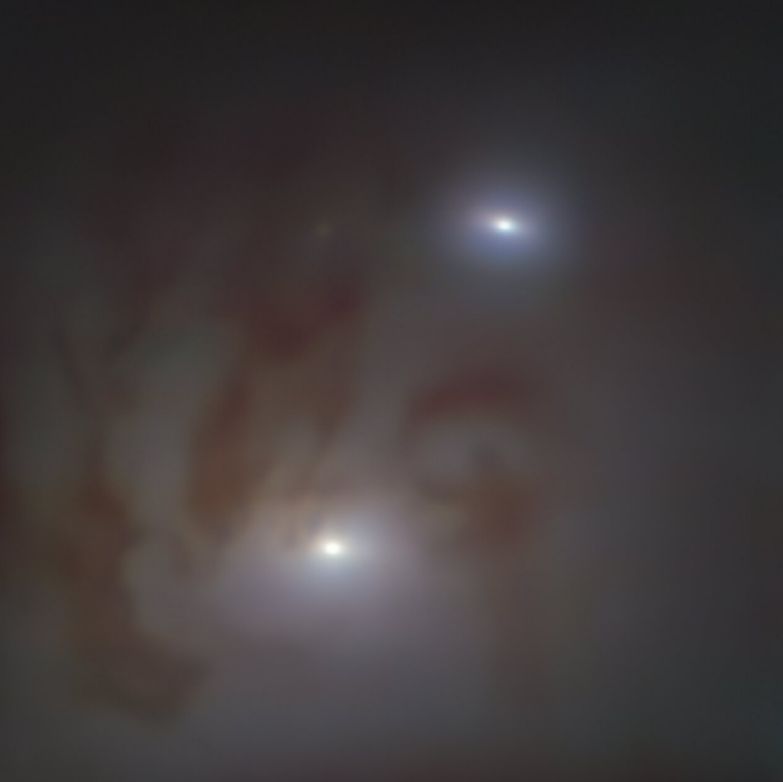
The team was able to determine that the objects in NGC 7727 were truly supermassive black holes by measuring their masses with MUSE and utilizing supplementary data from the NASA/ESA Hubble Space Telescope.
The presence of the two black holes had been suspected by astronomers, but they had not been able to confirm their presence until now since there is no huge amount of high-energy radiation coming from their near surrounds, which would otherwise reveal their presence.
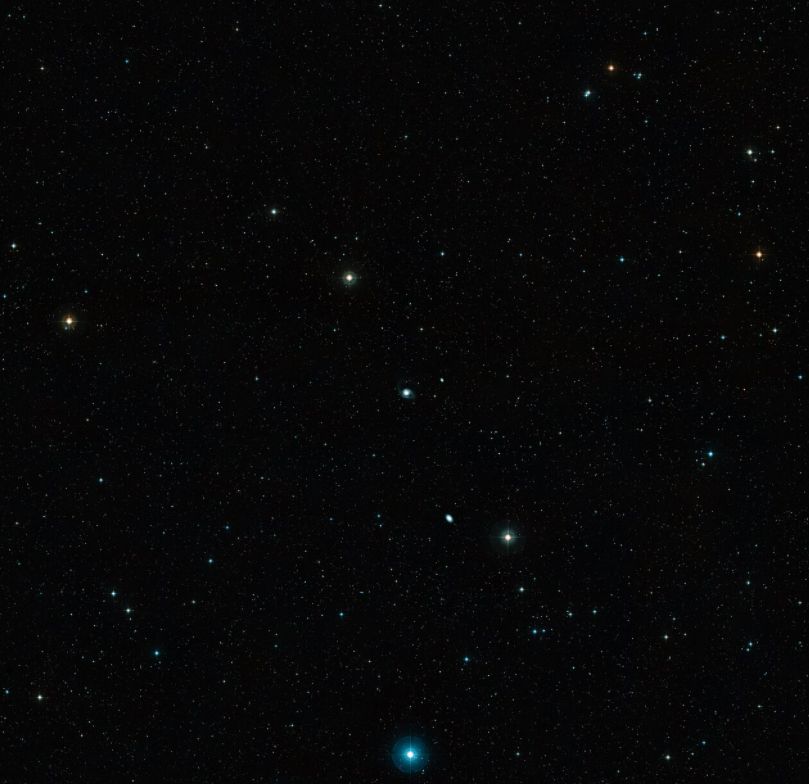
“Our finding implies that there might be many more of these relics of galaxy mergers out there and they may contain many hidden massive black holes that still wait to be found,” said Voggel.
“It could increase the total number of supermassive black holes known in the local Universe by 30 percent.”
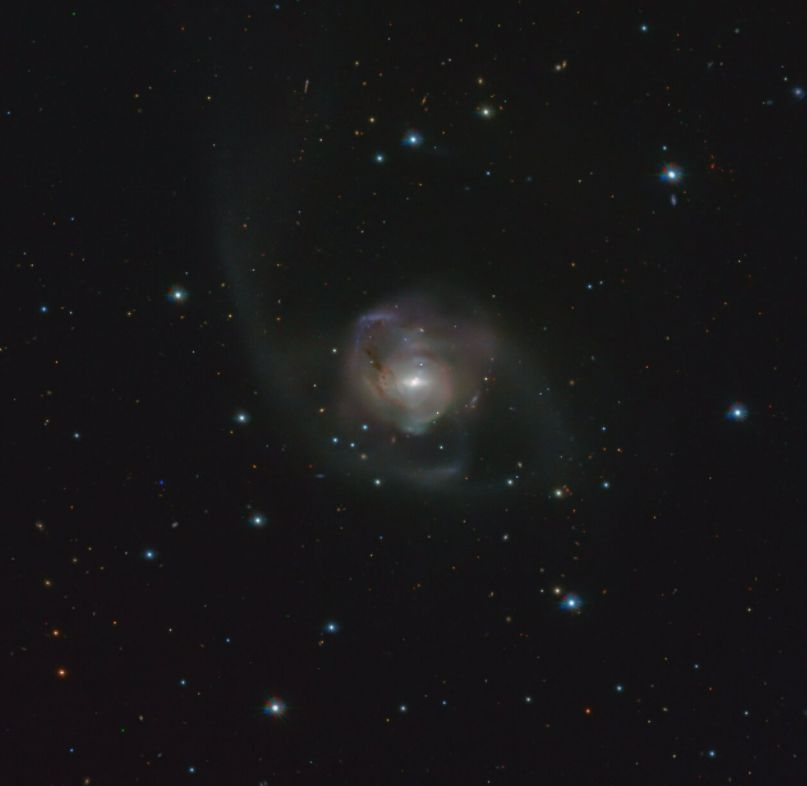
The search for similar hidden supermassive black hole pairings is projected to accelerate significantly with the launch of ESO’s Extremely Large Telescope (ELT) in Chile’s Atacama Desert later this decade.
“This detection of a supermassive black hole pair is just the beginning,” said co-author Steffen Mieske, an astronomer at ESO in Chile and Head of ESO Paranal Science Operations.
“With the HARMONI instrument on the ELT we will be able to make detections like this considerably further than currently possible. ESO’s ELT will be integral to understanding these objects.”
Source: doi: 10.1051/0004-6361/202140827
Image Credit: ESO
You were reading: Astronomers find the closest pair of supermassive black holes to Earth ever observed
